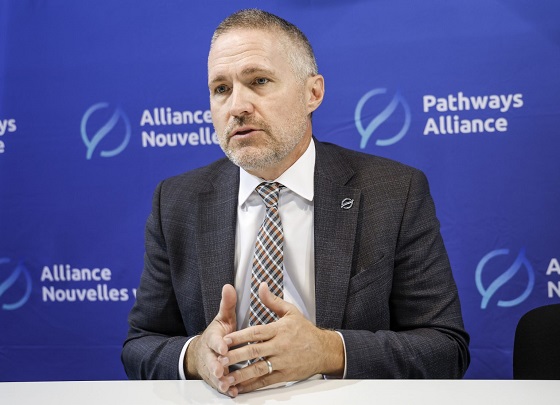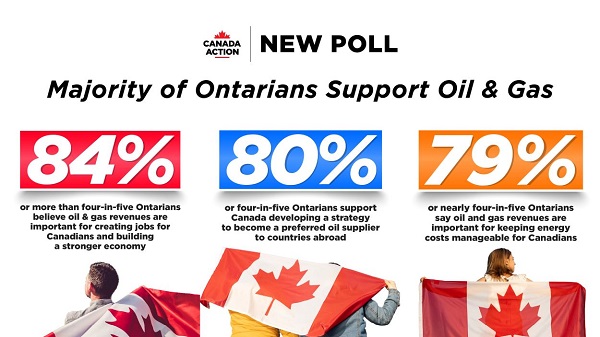Opinion
Peace-keeping veteran says only the red poppies please

Submitted by Mark E. Meincke
About those white, and rainbow poppies……
Here is what the poppy means, and why I implore people to STOP with both the white poppy, and the rainbow infused poppy. Contaminating the poppy through co-opting, is NOT ok.
The Poppy was first adopted as a symbol of recognition, and remembrance for soldiers in WW1 and was inspired by the poem, In Flanders Fields. Since then, the poppy has become such a sacred symbol, that it has formed part of the Canadian Military uniform during Remembrance Day ceremonies.
The poppy is a very specific symbol, meant to be used exclusively to respect the ineffable sacrifice of our Military and Veterans, especially the soul gouging sacrifice associated with battle. Any co-opting of the hallowed flowered symbol can do nothing but diminish the original intentions for the poppy.
The White Poppy, though arguably ill conceived from it’s outset, is almost as old as the Veteran’s poppy. The altruistic original intent of the white poppy however, stands in opposition to the unwelcome perceived meaning which it tends to emit. Today the white poppy stands as a beacon of anti-veteran sentiment, which makes it very disrespectful to wear on November 11th.
Pro-Peace is a noble pursuit, however wearing a white poppy to promote peace is a risk free lip-service which spits in the face of those who actually risked it all to physically fight for peace.
If you wish to promote peace, wear a white dove on your lapel, or better yet, sign up for the Military Reserves and jump aboard the next peace-keeping mission that comes along. The dove offends no one, so please wear that instead of slapping Veterans and Military members in the face.
And now, about that rainbow infused Poppy….
Seriously, WTH? Is the point of this sacrilegious co-opting to acknowledge the fact that within the military, and Veteran community, we too have a segment who identify themselves as being within the LGBTQ+ community? If so, then you have NO idea what being a soldier is all about. We are the most pro-LGBTQ advocates ever!
When a soldier is in battle, NOTHING could matter less than the sexual, or gender orientation of their fellow soldier. All we care about is whether or not you have buddies six. The rest is totally irrelevant. Co-opting the poppy by infusing the rainbow creates DIVISION, not inclusion.
The battle field is the most inclusive environment on earth. If you are shooting in the same direction, then you are included as an equal…period. Nobody cares about who you are attracted to, or which gender you identify as, the only salient measure is your character, and ability to do your job. Be brave, do your job, and you have the respect of your peers. It’s that simple.
So, wear your rainbow flag, get a rainbow tattoo, commemorate the LGBTQ+ community any which way you wish, and we will ALL stand firm for your right to do so. But, please leave our poppy alone. The poppy is a hallowed symbol which must remain pure.

Mark E. Meincke
Peace-Keeping Veteran
Censorship Industrial Complex
US Under Secretary of State Slams UK and EU Over Online Speech Regulation, Announces Release of Files on Past Censorship Efforts

Sarah Rogers’ comments draw a new line in the sand between America’s First Amendment and Europe’s tightening grip on online speech.
|
|
Business
“Magnitude cannot be overstated”: Minnesota aid scam may reach $9 billion

Federal prosecutors say Minnesota’s exploding social-services fraud scandal may now rival nearly the entire economy of Somalia, with as much as $9 billion allegedly stolen from taxpayer-funded programs in what authorities describe as industrial-scale abuse that unfolded largely under the watch of Democrat Gov. Tim Walz. The staggering new estimate is almost nine times higher than the roughly $1 billion figure previously suspected and amounts to about half of the $18 billion in federal funds routed through Minnesota-run social-services programs since 2018, according to prosecutors. “The magnitude cannot be overstated,” First Assistant U.S. Attorney Joe Thompson said Thursday, stressing that investigators are still uncovering massive schemes. “This is not a handful of bad actors. It’s staggering, industrial-scale fraud. Every day we look under a rock and find another $50 million fraud operation.”
Authorities say the alleged theft went far beyond routine overbilling. Dozens of defendants — the vast majority tied to Minnesota’s Somali community — are accused of creating sham businesses and nonprofits that claimed to provide housing assistance, food aid, or health-care services that never existed, then billing state programs backed by federal dollars. Thompson said the opportunity became so lucrative it attracted what he called “fraud tourism,” with out-of-state operators traveling to Minnesota to cash in. Charges announced Thursday against six more people bring the total number of defendants to 92.
BREAKING: First Assistant U.S. Attorney Joe Thompson revealed that 14 state Medicaid programs have cost Minnesota $18 billion since 2018, including more than $3.5 billion in 2024 alone.
Thompson stated, "Now, I'm sure everyone is wondering how much of this $18 billion was… pic.twitter.com/hCNDBuCTYH
— FOX 9 (@FOX9) December 18, 2025
Among the newly charged are Anthony Waddell Jefferson, 37, and Lester Brown, 53, who prosecutors say traveled from Philadelphia to Minnesota after spotting what they believed was easy money in the state’s housing assistance system. The pair allegedly embedded themselves in shelters and affordable-housing networks to pose as legitimate providers, then recruited relatives and associates to fabricate client notes. Prosecutors say they submitted about $3.5 million in false claims to the state’s Housing Stability Services Program for roughly 230 supposed clients.
Other cases show how deeply the alleged fraud penetrated Minnesota’s health-care programs. Abdinajib Hassan Yussuf, 27, is accused of setting up a bogus autism therapy nonprofit that paid parents to enroll children regardless of diagnosis, then billed the state for services never delivered, netting roughly $6 million. Another defendant, Asha Farhan Hassan, 28, allegedly participated in a separate autism scheme that generated $14 million in fraudulent reimbursements, while also pocketing nearly $500,000 through the notorious Feeding Our Future food-aid scandal. “Roughly two dozen Feeding Our Future defendants were getting money from autism clinics,” Thompson said. “That’s how we learned about the autism fraud.”
The broader scandal began to unravel in 2022 when Feeding Our Future collapsed under federal investigation, but prosecutors say only in recent months has the true scope of the alleged theft come into focus. Investigators allege large sums were wired overseas or spent on luxury vehicles and other high-end purchases. The revelations have fueled political fallout in Minnesota and prompted renewed federal scrutiny of immigration-linked fraud as well as criticism of state oversight failures. Walz, who is seeking re-election in 2026 after serving as Kamala Harris’ running mate in 2024, defended his administration Thursday, saying, “We will not tolerate fraud, and we will continue to work with federal partners to ensure fraud is stopped and fraudsters are caught.” Prosecutors, however, made clear the investigation is far from finished — and warned the final tally could climb even higher.
-

 Censorship Industrial Complex6 hours ago
Censorship Industrial Complex6 hours agoUS Under Secretary of State Slams UK and EU Over Online Speech Regulation, Announces Release of Files on Past Censorship Efforts
-

 Alberta1 day ago
Alberta1 day agoAlberta project would be “the biggest carbon capture and storage project in the world”
-

 Energy1 day ago
Energy1 day agoNew Poll Shows Ontarians See Oil & Gas as Key to Jobs, Economy, and Trade
-

 Business9 hours ago
Business9 hours ago“Magnitude cannot be overstated”: Minnesota aid scam may reach $9 billion
-

 Business8 hours ago
Business8 hours agoLargest fraud in US history? Independent Journalist visits numerous daycare centres with no children, revealing massive scam
-

 International2 days ago
International2 days agoNo peace on earth for ISIS: Trump orders Christmas strikes after Christian massacres
-

 Daily Caller2 days ago
Daily Caller2 days agoUS Halts Construction of Five Offshore Wind Projects Due To National Security
-

 Business1 day ago
Business1 day agoResidents in economically free states reap the rewards











You must be logged in to post a comment Login